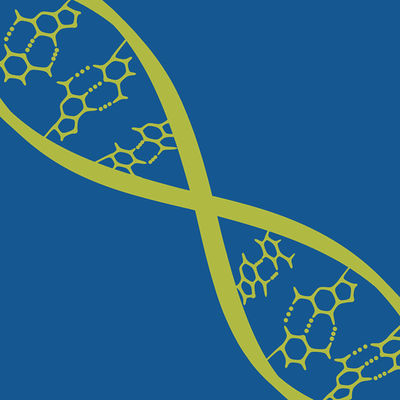NIH Finds Non-Chemo Drug Combo Induces Lasting Remission in DLBCL Patients
20 Jun 2024
Clinical ResultPhase 2ADCPhase 3Phase 1
Pictured: The National Institutes of Health's main building in Maryland/iStock, Grandbrothers
Researchers from the National Institutes of Health have identified a novel, non-chemotherapy combination regimen for treating relapsed diffuse large B-cell lymphoma, reporting full remission for some patients no longer responding to standard treatments.
Detailing their findings Wednesday in The New England Journal of Medicine, the NIH scientists combined five common anti-cancer agents—AbbVie and Genentech’s Vencelxta (venetoclax), Johnson & Johnson’s Imbruvica (ibrutinib), Genentech’s Gazyva (obinutuzumab), Bristol Myers Squibb’s Revlimid (lenalidomide) and the corticosteroid prednisone.
The treatment combo, dubbed ViPOR, was tested in a Phase Ib/II study that included 50 patients with diffuse large B-cell lymphoma (DLBCL). Results showed that the investigational regimen “substantially” shrank tumors in 28 of 48 evaluable patients, according to the NIH. This corresponded to a 54% objective response rate.
Overall, 18 patients saw their tumors completely disappear, resulting in a 38% complete response rate for ViPOR. At the end of treatment, circulating tumor DNA was undetectable in 33% of patients. After two years of follow-up, 34% of treated patients showed no signs of the disease while 36% remained alive.
In terms of safety, the Phase Ib portion of the study detected a single dose-limiting case of grade 3 intracranial hemorrhage. In the Phase II portion, adverse events of note included grade 3 or 4 neutropenia, thrombocytopenia, anemia and febrile neutropenia.
“DLBCL is one of the most genetically heterogeneous forms of cancer, and as a result we don't yet have the ability to identify exactly which combination of drugs would be most effective for any given patient,” Christopher Melani, from the National Cancer Institute’s Center for Cancer ResearchCancer Institute’s Center for Cancer Research, said in a statement. Melani co-led the study.
“By putting five drugs together, we believe that there will be some drug combination—either two, three, or more drugs—that will be particularly effective against the patient’s tumor,” Melani said.
The NIH researchers are working on a larger Phase II study, which they plan to conduct in multiple centers. The mid-stage trial will assess the activity of ViPOR in various genetic subtypes of DLBCL.
Accounting for around 25% to 30% of all non-Hodgkin lymphomas, DLBLC is the most common type of lymphoma, according to the NIH. It is typically characterized as the enlargement of lymph nodes or the rapid growth of a mass in a nodal or extranodal site. DLBCL is often aggressive, though it responds reasonably well to a regimen called R-CHOP, which consists of rituximab, cyclophosphamide, doxorubicin, vincristine and prednisone.
Several pharma players are working on potentially better therapies for DLBCL to improve safety and efficacy, as well as provide patients more options in case of disease progression or treatment intolerance.
Pfizer is advancing its antibody-drug conjugate Adcetris (brentuximab vedotin) for DLBCL and in March 2024 reported that it significantly improved survival in patients enrolled in the Phase III ECHELON-3 study. Roche is also targeting DLBCL with its bispecific T-cell engager Columvi (glofitamab) boosting survival in the Phase III STARGLO trial, according to an April 2024 readout.
Tristan Manalac is an independent science writer based in Metro Manila, Philippines. Reach out to him on LinkedIn or email him at tristan@tristanmanalac.com or tristan.manalac@biospace.com.
For more details,please visit the original website
The content of the article does not represent any opinions of Synapse and its affiliated companies. If there is any copyright infringement or error, please contact us, and we will deal with it within 24 hours.
Organizations
Targets
-Drugs
Hot reports
Get started for free today!
Accelerate Strategic R&D decision making with Synapse, PatSnap’s AI-powered Connected Innovation Intelligence Platform Built for Life Sciences Professionals.
Start your data trial now!
Synapse data is also accessible to external entities via APIs or data packages. Leverages most recent intelligence information, enabling fullest potential.





